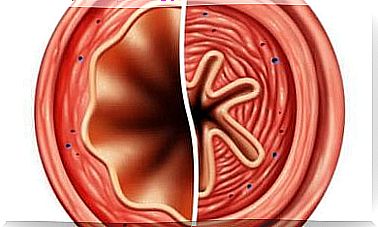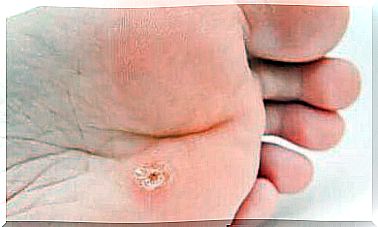Everything You Need To Know About A Lung Transplant
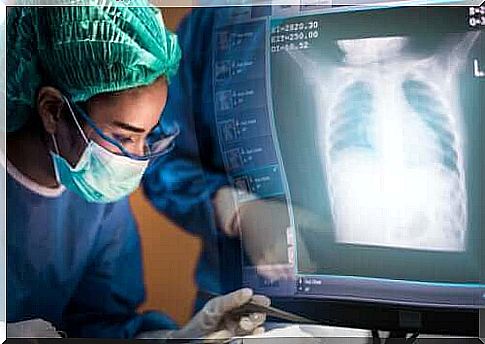
A lung transplant is a surgical procedure in which one or both diseased or failing lungs are replaced with healthy ones from a deceased donor. It is a complex procedure that significantly improves the patient’s quality of life.
The first successful lung transplants were performed in the 1960s by Dr. James D. Hardy and then in 1968 by Dr. Denton A. Cooley. The first patient was a two-month-old girl with congestive heart failure and recurrent pneumonia.
Medical professionals resort to this type of procedure when a patient has end-stage lung disease or a serious condition that has proven resistant to traditional treatments. Lung transplant candidates must meet certain eligibility criteria.
Why is a lung transplant performed?
Usually, medical professionals only resort to a lung transplant if all available treatments to correct the lung failure have not worked.
In general , this surgery is indicated for people under 75 years of age with severe lung disease. Some of the diseases that can lead to a lung transplant include the following:
- Chronic Obstructive Pulmonary Disease (COPD)
- Cystic Fibrosis
- Pulmonary hypertension
- lung fibrosis
- Bronchiectasis
- Sarcoidosis
Indications
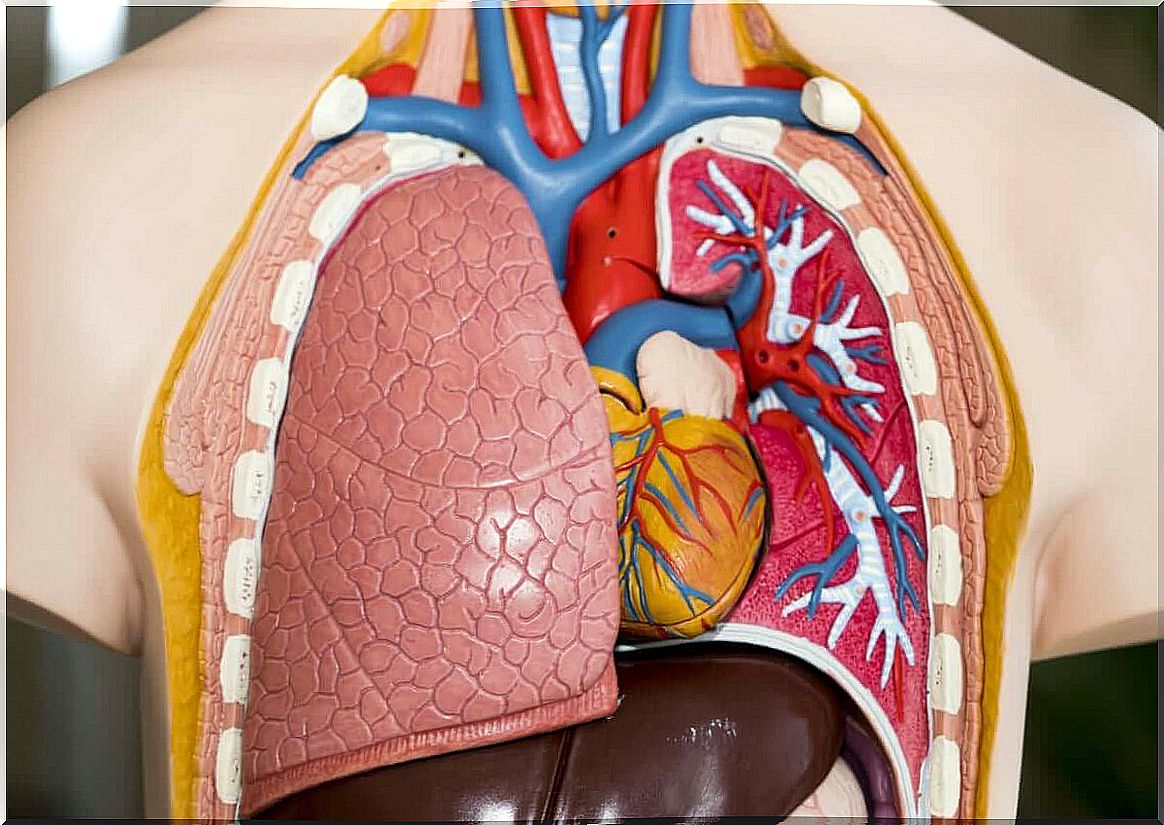
Candidates for a lung transplant must meet certain requirements, as we mentioned above. To be eligible for the procedure, they must comply. Here are some of the criteria that medical professionals consider:
- Age. Patients must be 75 years or younger. However, patients aged 55 and older are considered to be at higher risk.
- BMI. It should not be higher than 35.
- Risk of death. This surgery is mainly for patients who have a 50% chance of dying in the next two years if they don’t get the transplant.
- High survival rate after transplant. Based on the patient’s general state of health.
- dedication. The recipient of the transplant must make a full commitment to never smoke again, not to use drugs and to participate in a pulmonary rehabilitation program (Spanish link).
Those with an active infection cannot have the surgery. It may not be suitable for patients who have had cancer within the past two years or who have a serious health problem in another organ.
Also, those who are malnourished or who do not have a support network guaranteeing adherence to post-transplant treatment cannot undergo this surgery.
Lung Transplant Risks
A lung transplant is a complex procedure that involves considerable risks. The most important is organ rejection and infection. The first occurs when the patient’s immune system attacks the transplanted lung or lungs.
Anti-rejection medications can prevent this. However, they can cause side effects such as weight gain, stomach problems and facial hair growth. These drugs also make a person more prone to developing other diseases, such as:
- diabetes
- osteoporosis
- kidney failure
- high bloodpressure
The patient must follow strict hygiene measures after this type of transplant and avoid large crowds or sick people. Finally, another possible risk is the formation of clots after surgery, due to increased blood clotting.
The procedure
The process of performing a lung transplant begins long before surgery. After a patient is evaluated and eligible for the procedure, the hospital puts them on a waiting list until a donor is available.
While the transplant candidate is waiting for a donor, he or she must follow the doctor’s living instructions. If a lung is available for the procedure, they evaluate patient compatibility (Spanish link). If it is compatible, medical professionals can perform the transplant.
Preparation
A patient on a lung transplant waiting list should be ready to answer the transplant coordinator’s call as soon as it arises. Patients should have a suitcase ready with their personal belongings and regular medicines.
When the patient arrives at the hospital, they undergo a series of tests to verify compatibility. Doctors will also evaluate their general health. If in doubt, they can cancel the procedure. If everything is in order, then the operation is performed almost immediately.
Surgical Intervention
Lung transplants are performed under general anesthesia. If a single lung is transplanted, the surgery will take between four and eight hours. If both lungs are transplanted, it can take between six and twelve hours. Here are the steps for the procedure:
- First, the medical professional activates an extracorporeal circulation system (heart-lung machine).
- If they’re only going to transplant one lung, they’ll make an incision on the side of the chest.
- If they are going to transplant both lungs, they will make an incision under the chest that covers both sides of the chest.
- They then remove one or both lungs and attach the blood vessels and airways of the new organs to the patient’s body.
- Probes are inserted to drain air, fluid, and blood from the chest. They stay there for several days until the new lungs expand normally.
- Once the lungs are working, the medical professionals remove the heart-lung machine.
After the operation
The patients must remain in the hospital for seven to 21 days. They will likely spend several days in the intensive care unit (ICU) after surgery. However, each medical center has its own protocols.
The first 24 to 48 hours are crucial. During this time, doctors closely monitor the patient and evaluate the lungs, heart, kidneys, and mood. In addition, they verify that there is no bleeding.
Recovering After a Lung Transplant
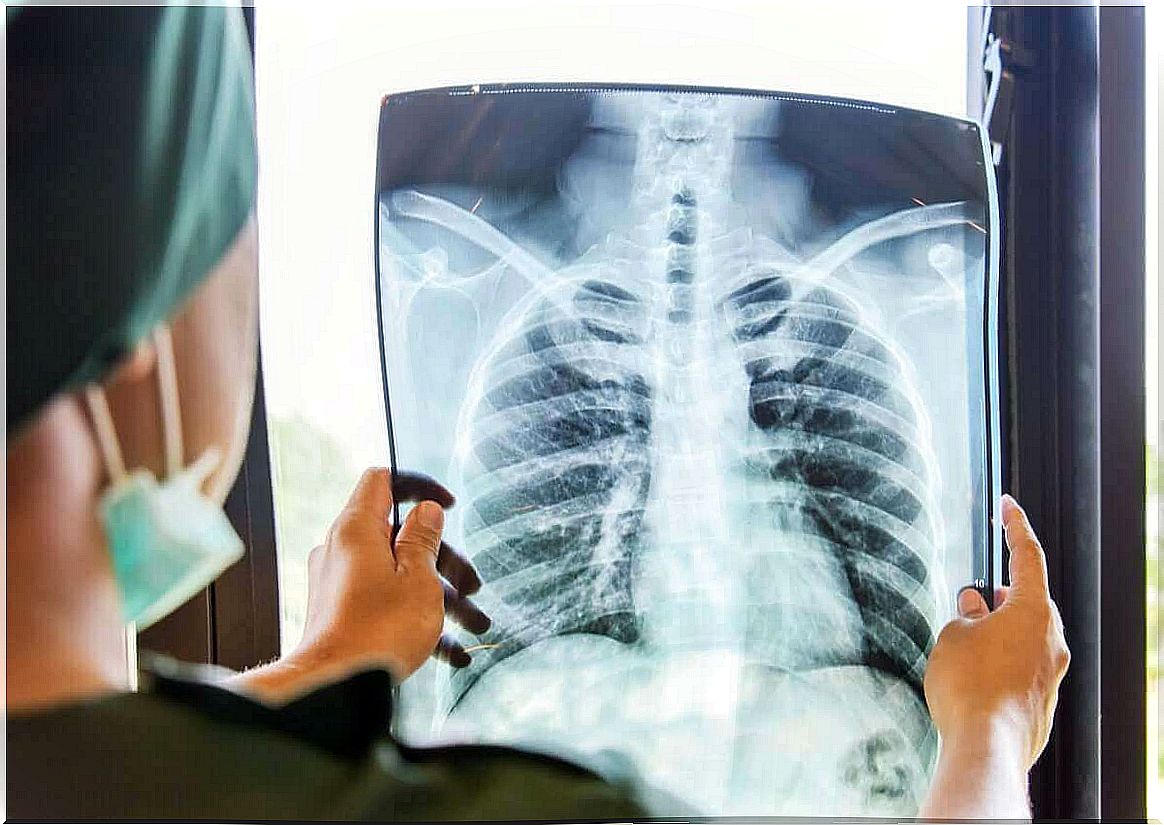
The recovery period is about six months. During the first three, the patient’s doctor closely monitors and evaluates the functioning of the lungs. This way they can avoid any complications.
In this initial phase , the patient will need to visit the hospital regularly to undergo tests, including X-rays, biopsies, lab tests, and electrocardiograms. Doctors also monitor the patient’s response to medications.
After this phase, the patient needs to make changes in their life, including taking immunosuppressants and attending therapies and checkups regularly. The first year after a lung transplant is the most critical. After the first year, all risks begin to diminish.
In most cases, the patient will have to see a doctor weekly for the first three months. Then they need quarterly checkups for a year. Then an annual visit for the next five to ten years.
Long-term survival after a lung transplant
According to the available data (Spanish link) , the average lifespan after a lung transplant is 5.8 years. This can vary depending on the person’s previous illness. Those with cystic fibrosis can survive for up to eight years and more after surgery.
Patients with idiopathic interstitial pneumonia survive on average 4.8 years. 32% of those who have had this procedure live 10 years or more. The greatest risk of death is during the first 12 months. Thus, medical checks are strengthened during that time.


